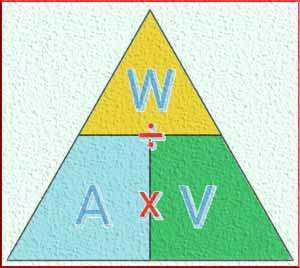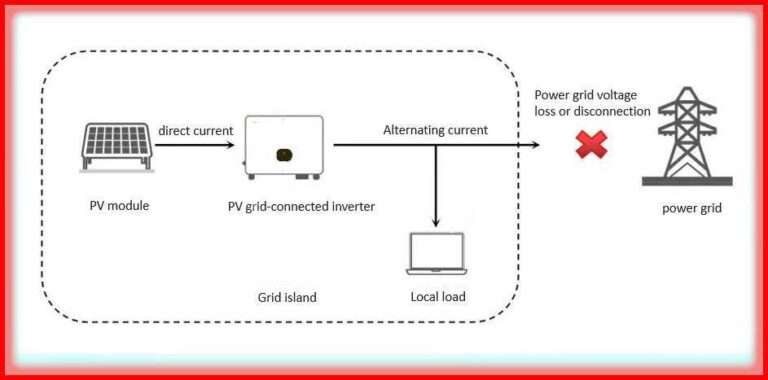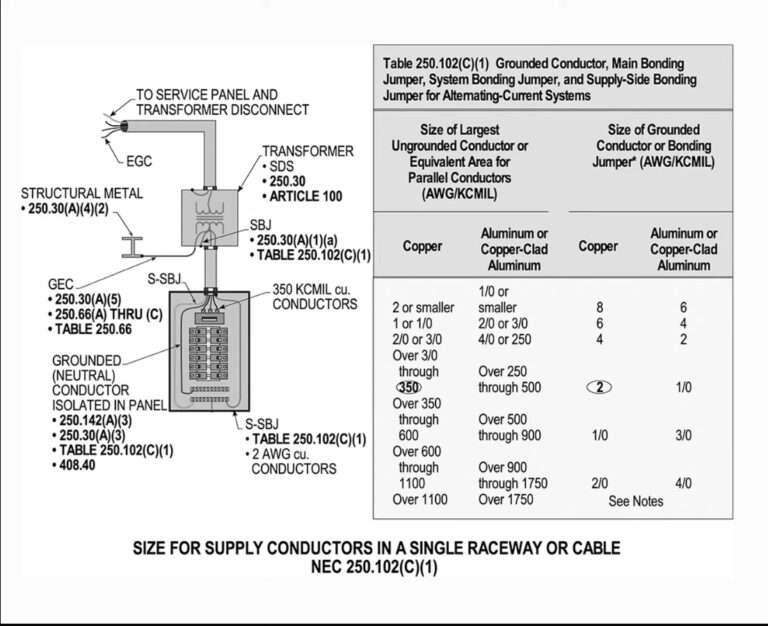Ohms Law Calculator: A Tool for Electrical Calculations
Understanding basic electrical principles can be challenging, especially for beginners. Ohm’s Law is one of the foundational concepts in electrical engineering, defining the relationship between voltage, current, and resistance. With an Ohms Law Calculator, you can quickly and easily determine any of these values if you know the other two. This tool is invaluable for students, professionals, and DIY enthusiasts alike who work with electrical circuits and want precise results without the need for manual calculations.

Table of Contents
Ohms Law Calculator
What is Ohm’s Law?
Ohm’s Law states that the current through a conductor between two points is directly proportional to the voltage across the two points. This relationship is mathematically represented by the formula:
V = I × R
where:
- V represents Voltage (volts),
- I represents Current (amperes),
- R represents Resistance (ohms).
This simple equation is the foundation for more complex electrical concepts and calculations. With an Ohms Law Calculator, finding these values becomes straightforward and error-free.
How Does the Ohms Law Calculator Work?
The Ohms Law Calculator uses three main inputs:
- Voltage (V): Enter the known voltage to calculate current or resistance.
- Current (I): Enter the known current to find voltage or resistance.
- Resistance (R): Input the resistance to determine voltage or current.
After inputting two of these values, the Ohms Law Calculator will instantly compute the third. This makes it ideal for quickly troubleshooting or designing circuits.
Note: Use our online electrical load calculator for electrical load calculation here. You can also use voltage drop calculator for voltage drop calculation and for cable selection in any single and three phase circuit here. Further explore our online electrical calculators to design your electrical systems in an efficient way.
Step-by-Step Guide to Using the Ohms Law Calculator
- Select the known values: Choose the two known values from voltage, current, or resistance.
- Enter your values: Input the values in the designated fields.
- Click Calculate: The Ohm’s Law Calculator will automatically compute the unknown value.
This quick process allows for efficient and accurate calculations without manual formula application, making it ideal for both learning and professional use.
Why Use an Ohms Law Calculator?
An Ohm’s Law Calculator simplifies circuit analysis by saving time and reducing errors. Here’s why it’s an essential tool:
- Accurate Results: Precise calculations based on Ohm’s Law formula.
- Time-Saving: Instant results without manual work.
- User-Friendly: Simple interface suitable for anyone with basic knowledge of electrical terms.
- Multi-Purpose: Useful for educational purposes, DIY projects, and professional electrical work.
Common Applications of the Ohms Law Calculator
The calculator is beneficial in numerous scenarios. Here are some common applications:
- Designing Circuits: Calculate the necessary resistance to maintain a certain current or voltage.
- Troubleshooting: Diagnose issues in electrical circuits by calculating expected vs. actual values.
- Learning and Teaching: Simplify calculations for students and teachers alike in understanding basic electronics.
- DIY Projects: Ensure correct voltage, resistance, and current levels in personal projects, reducing risk of component damage.
Key Formulas Used in Ohms Law Calculator
The calculator works on these essential equations:
- Finding Voltage: V=I×R
- Finding Current: I=V/R
- Finding Resistance: R=V/I
These formulas are core to any electrical or electronics-related project and are embedded within the calculator for quick results.
Advantages of Using the Ohms Law Calculator for Students and Professionals
An Ohms Law Calculator is a helpful asset, especially for students, as it:
- Reinforces Learning: Quickly verifies manual calculations, reinforcing concepts.
- Supports Practical Application: Easily integrates with practical exercises and lab work.
- Reduces Errors: Helps avoid common calculation mistakes.
For professionals, the calculator offers:
- Streamlined Workflow: Calculates on the go, which is especially useful in fieldwork.
- Accuracy for Quality Control: Essential for testing circuit components and ensuring equipment safety.
Tips for Accurate Results with the Ohm’s Law Calculator
- Double-check inputs: Ensure all values are correctly entered in the designated units.
- Understand Your Values: Recognize which two values are known to accurately calculate the third.
- Use Consistent Units: Always input measurements in standard units, like volts (V), amperes (A), and ohms (Ω), for accuracy.
Benefits of Learning Ohm’s Law
Even with a calculator, understanding Ohm’s Law gives valuable insights:
- Improves Circuit Analysis Skills: Better comprehension of voltage, current, and resistance.
- Promotes Safer Practices: A solid understanding helps in safe handling of electrical components.
- Builds Foundation for Advanced Learning: Ohm’s Law serves as the base for more complex electrical concepts, enhancing learning efficiency.
Ohm’s Law Calculator in Practical Scenarios
Designing a Simple Circuit
Suppose you want to power an LED that operates at 2V and requires 20mA of current. Using Ohm’s Law:
- Set Voltage (V) = 2V.
- Set Current (I) = 0.02A.
- Use the Ohm’s Law Calculator to determine Resistance (R).
The calculator will output R = 100 ohms, allowing you to select a suitable resistor.
Troubleshooting a Circuit
If a component isn’t functioning as expected, use the Ohm’s Law Calculator:
- Measure known values of voltage and resistance.
- Enter them into the calculator to find the expected current.
- Compare the calculated current with the actual current in your circuit.
By following this method, the calculator helps identify possible issues in your setup.
Conclusion: Why Every Electrical Enthusiast Needs an Ohms Law Calculator
An Ohm’s Law Calculator is an indispensable tool for anyone working with electronics or electricity. It simplifies complex calculations, reinforces learning, and provides quick, accurate results. Whether you’re a student trying to learn the basics or a professional in need of reliable results on the job, this calculator offers unmatched convenience and precision. Try the Ohm’s Law Calculator today to streamline your electrical calculations, making every project easier and more efficient.
Follow us on LinkedIn, “Electrical Insights,” to get the latest updates on electrical engineering. You can also Follow us on LinkedIn and Facebook to see our latest posts on Electrical Engineering Topics.
Worth Read Posts
What is Ohm’s Law?
Ohm’s Law is a fundamental principle in electrical engineering that relates voltage (V), current (I), and resistance (R) in an electric circuit. The formula is V=I×R, where voltage is the product of current and resistance.
How does the Ohms Law Calculator work?
The Ohm’s Law Calculator calculates one of the three electrical parameters (voltage, current, or resistance) if the other two are known. Simply input any two values, and the calculator will compute the third automatically.
Can I calculate power using the Ohms Law Calculator?
Yes, some versions of the Ohm’s Law Calculator include a power calculation. Power (P) can be calculated with the formula P = I^2 x R when current and resistance are provided.
What units are used in the Ohm’s Law Calculator?
Voltage is measured in volts (V), current in amperes (A), resistance in ohms (Ω), and power in watts (W). Ensure that input values are in the correct units to get accurate results.
How do I use the calculator if I only know power and resistance?
If you know power and resistance, you can still calculate the other values. Use the formula V=Sqrt(P×R) for voltage or I= Sqrt(P/R) for current. An advanced Ohm’s Law Calculator may have options for these inputs as well.
Why is my calculation not producing any result?
Ensure that you’ve entered two values only, as Ohm’s Law requires two known variables to calculate the third. Also, check that the values are numeric and properly formatted (e.g., no letters or special symbols).
Is this calculator accurate for all circuit types?
Ohm’s Law is most accurate for simple, direct current (DC) circuits. For alternating current (AC) circuits, impedance and reactance also play roles, so additional calculations are required beyond standard Ohm’s Law.
Can I use this calculator for three-phase circuits?
This basic Ohm’s Law Calculator is designed for single-phase calculations. For three-phase circuits, specific three-phase formulas and additional parameters are needed to get accurate results.
Does the Ohms Law Calculator support negative values?
Negative values are typically not used for voltage, current, or resistance in basic Ohm’s Law applications. Ensure all inputs are positive; if dealing with AC circuits, consult an advanced calculator that considers phase and polarity.
Why is Ohms Law important for electrical calculations?
Ohm’s Law is essential because it helps understand the relationship between voltage, current, and resistance, making it easier to analyze and design electrical circuits safely and efficiently.
#OhmsLawCalculator, #ElectricalCalculator, #ElectricalEngineering, #VoltageCurrentResistance, #PowerCalculation, #OnlineCalculator, #OhmsLaw, #CircuitAnalysis, #EngineeringTool, #ElectricityBasics, #OhmsLawTool, #ElectricalFormulas, #DIYElectronics, #CalculateResistance, #ElectricalTools





